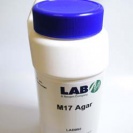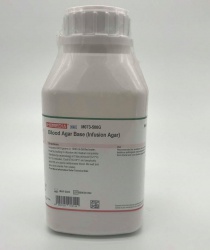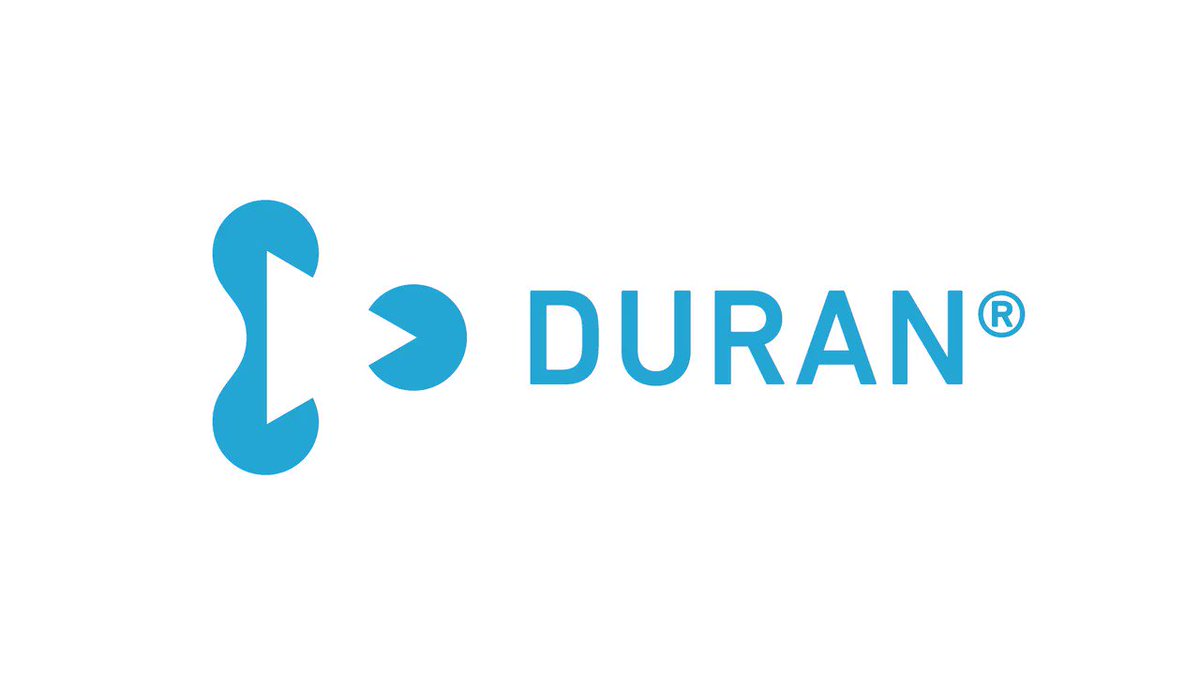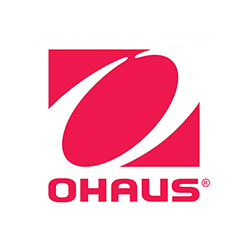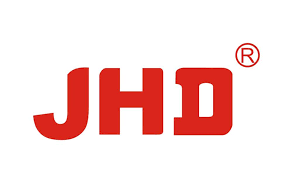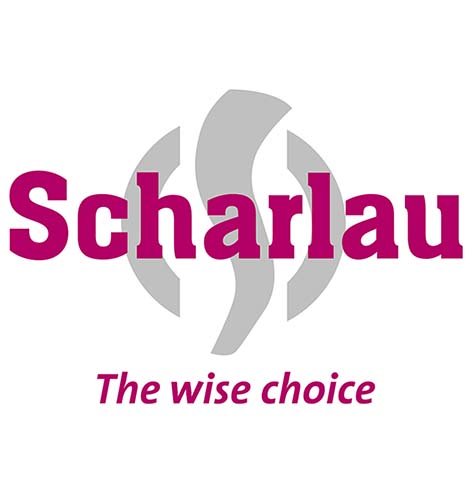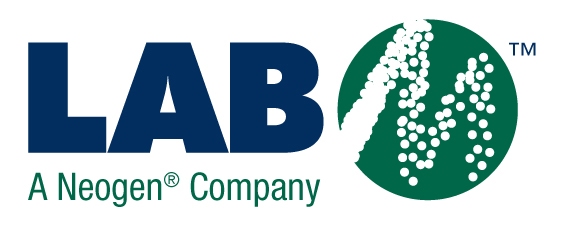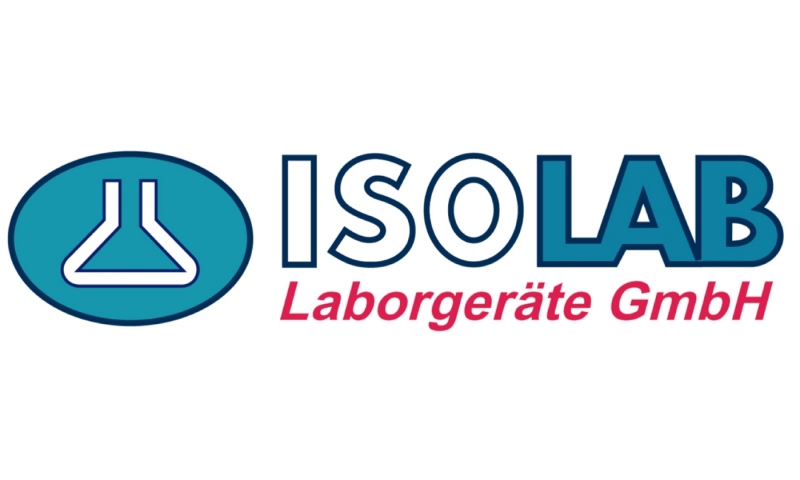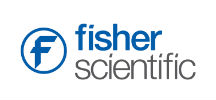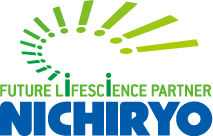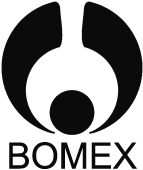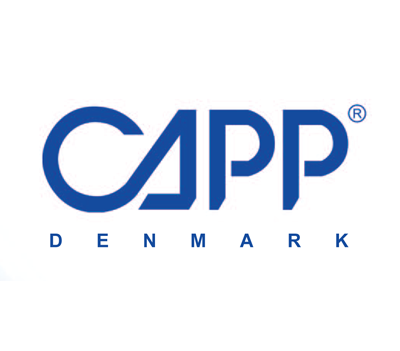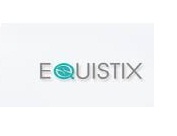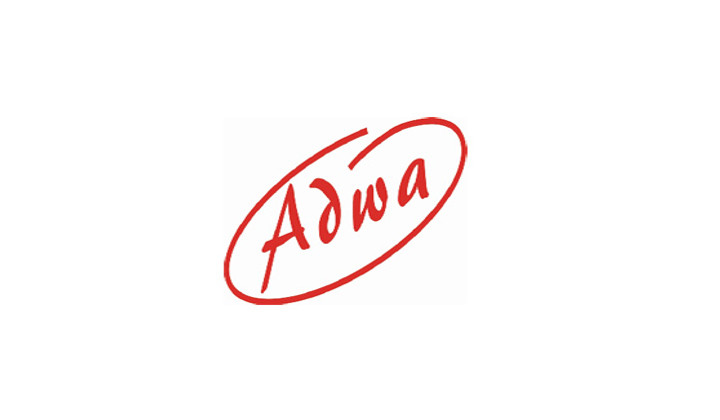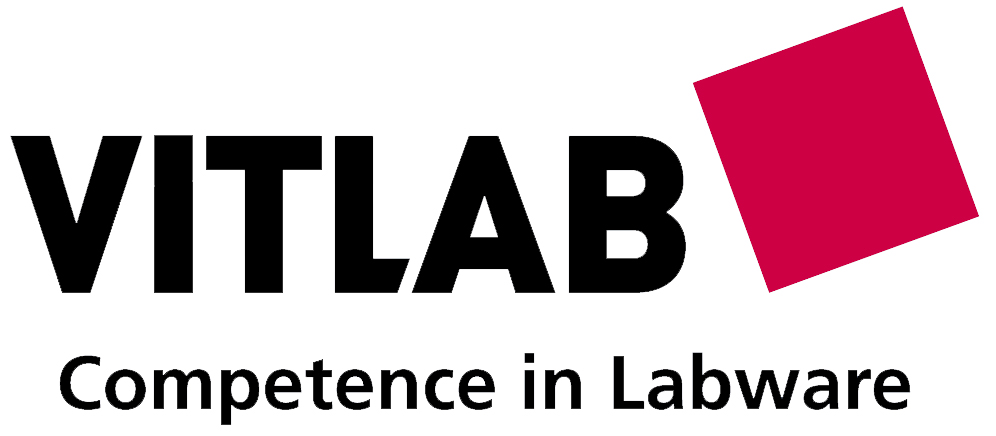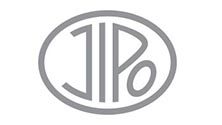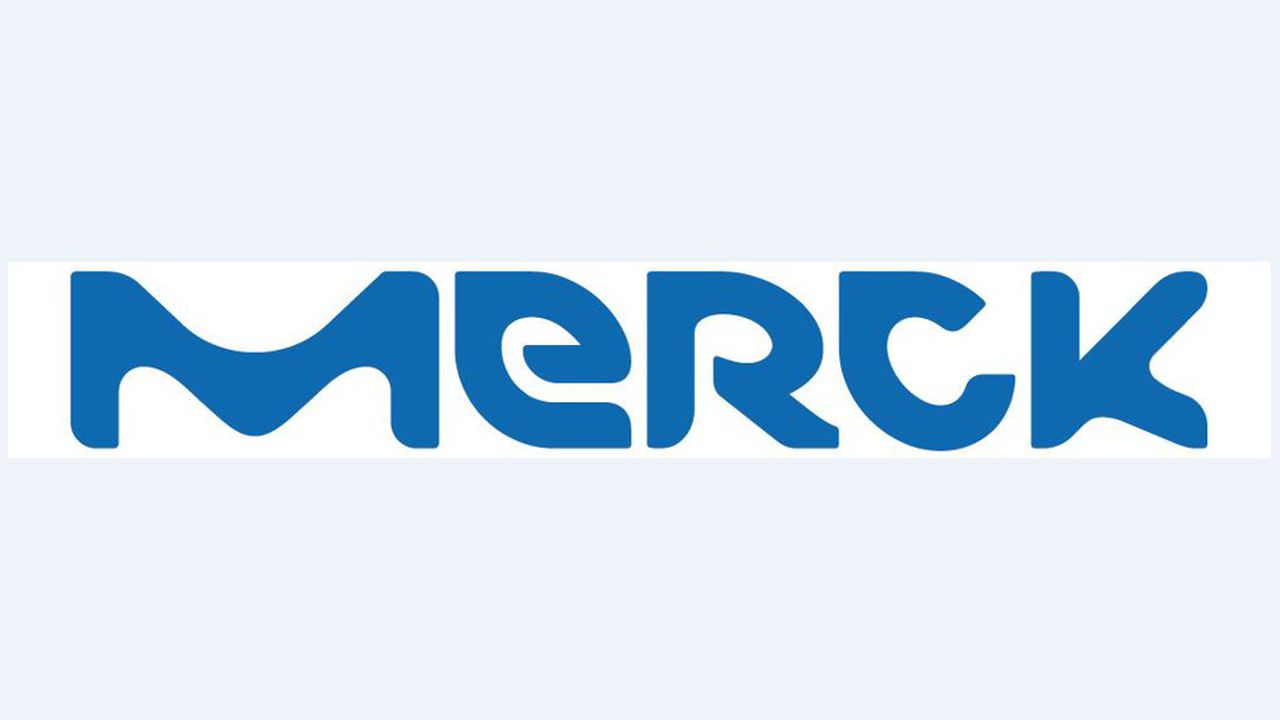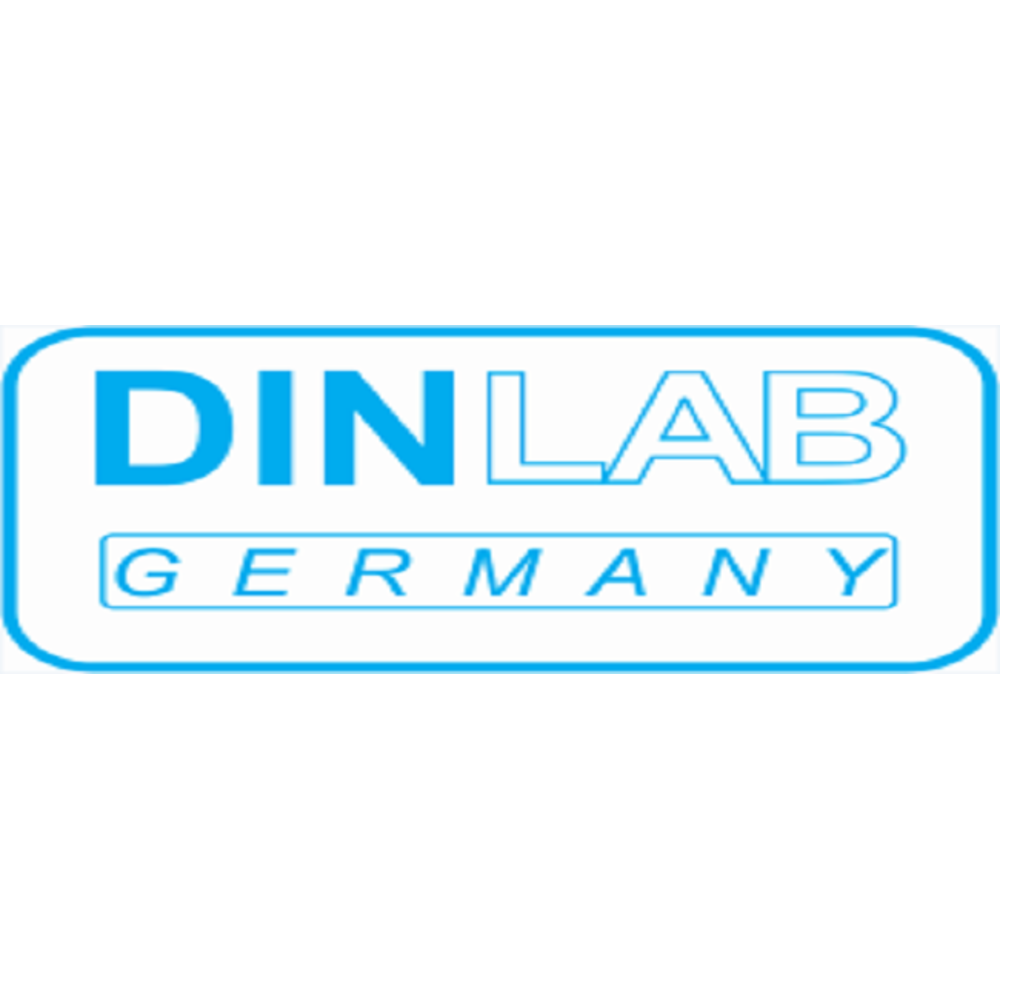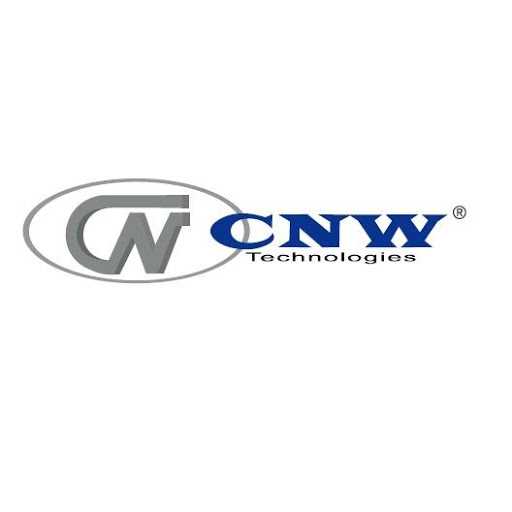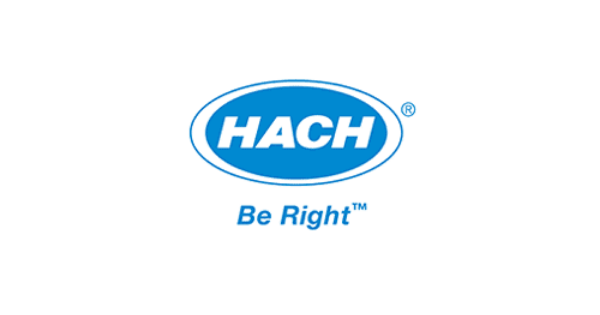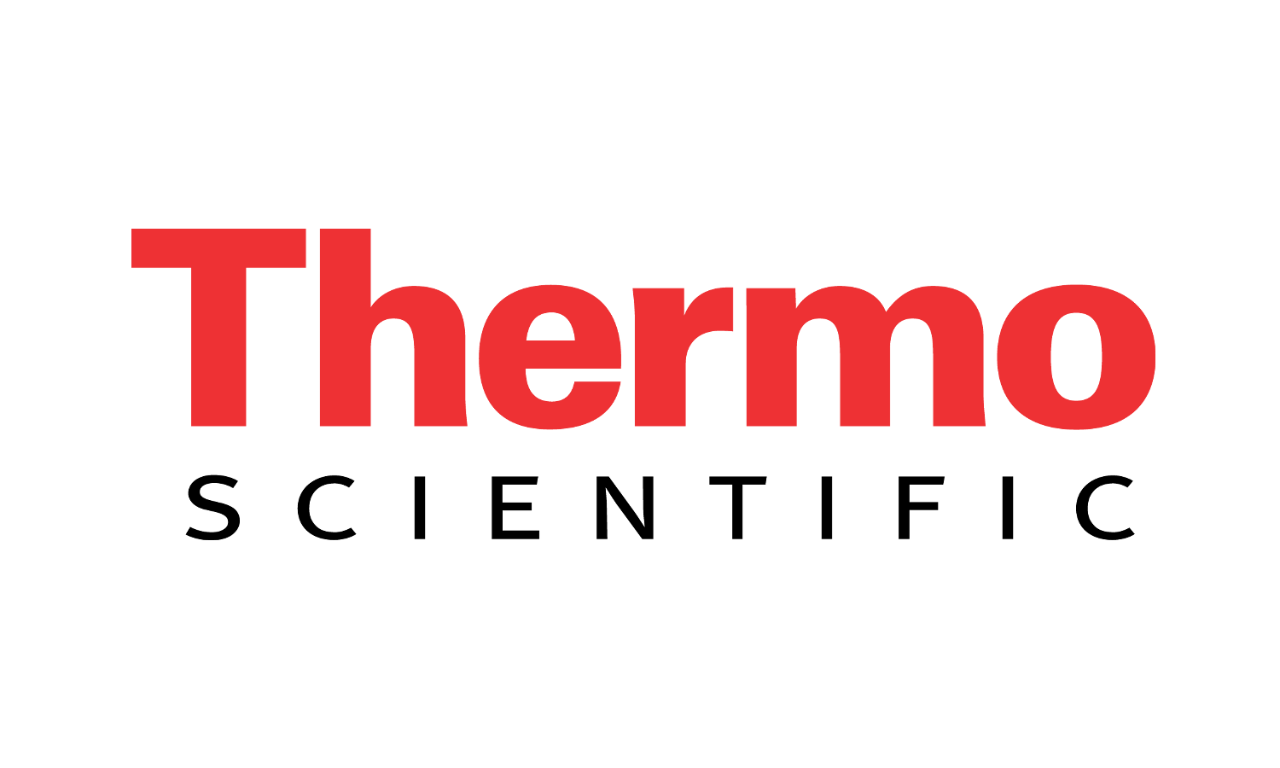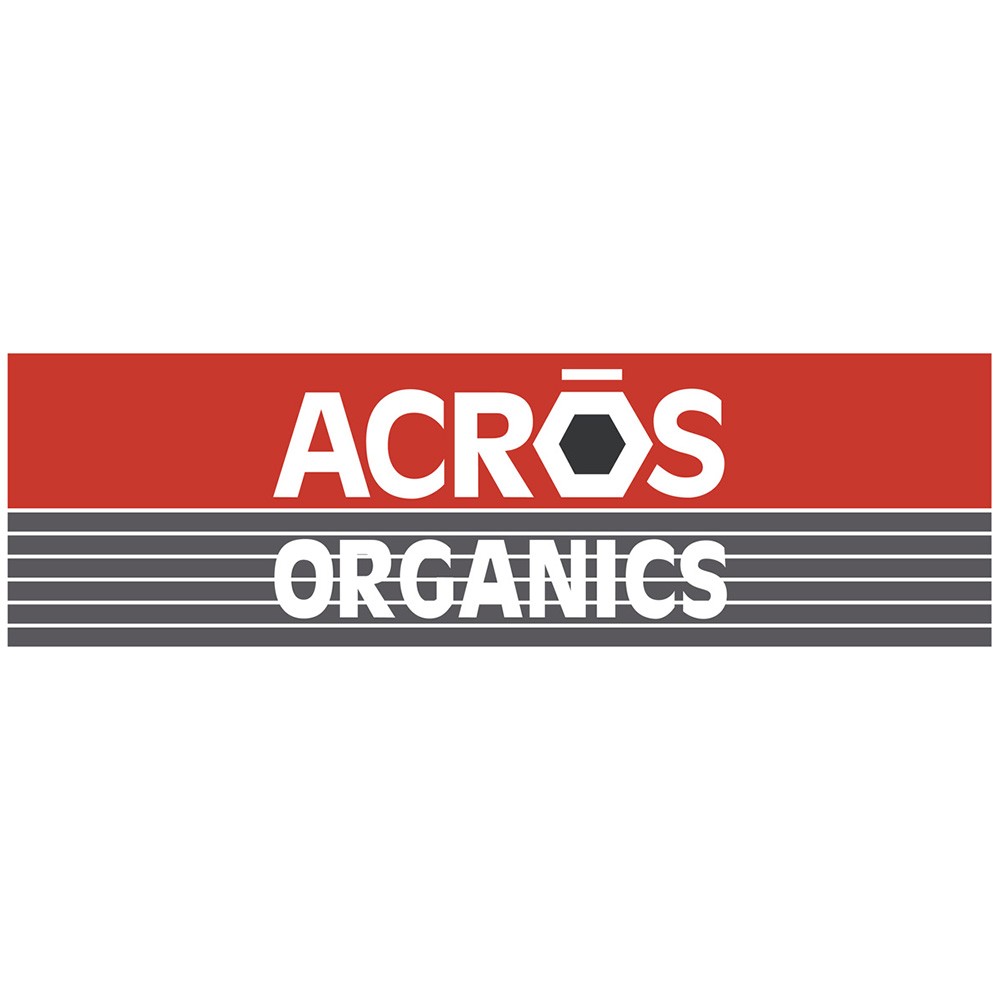M17 Agar is a medium for the enumeration of lactic Streptococci (Streptococcus lactis, Streptococcus cremoris, Streptococcus diacetylactis) in dairy products and of Streptococcus thermophilus in yogurts.
This product can also be used for the cultivation and maintenance of starter cultures in cheese and yoghurt manufacturing and can assist with the detection of streptococcal mutants such as non lactose fermenters. Furthermore, M17 Agar may be used to study lactic streptococcal bacteriophage susceptibilities, plaque morphology and lysogeny.
M17 Agar was developed following modification of M16 Agar. Developed by Lowrie and Pearce, M16 Agar lacked adequate buffering capacity and consequently the pH of the medium rapidly decreased due to the acid produced during the fermentation of lactose. Terzagi and Sandine later demonstrated that this reduction in pH had a negative effect on colony size and phage plaque formation. They modified M16 Agar, renaming as M17 Agar, by adding sodium glycerophosphate as a buffer to prevent the pH decrease, thereby improving growth of lactic streptococci and the development of their phages. Shankar and Davies later demonstrated that sodium glycerophosphate suppresses the growth of Lactobacillus bulgaricus and selectively isolates Streptococcus thermophilus.
A blend of peptones and extracts provides carbon, nitrogen, vitamins and minerals. Yeast extract specifically provides B vitamins which assist bacterial growth. Lactose is included as the fermentable carbohydrate and sodium glycerophosphate as the buffer. Ascorbic acid stimulates growth of lactic streptococci and essential ions are provided by magnesium sulphate.


